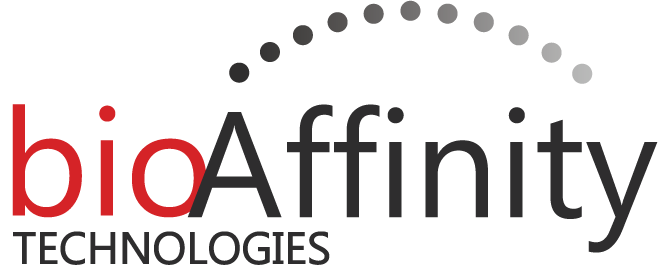Journal of Health Economics and Outcomes Research, September 17, 2024
Authors: Morris M.J., Habib S.A., Do Valle M.L., Schneider J.E.
Abstract
Background: Early detection of lung cancer is crucial for improving patient outcomes. Although advances in diagnostic technologies have significantly enhanced the ability to identify lung cancer in earlier stages, there are still limitations. The alarming rate of false positives has resulted in unnecessary utilization of medical resources and increased risk of adverse events from invasive procedures. Consequently, there is a critical need for advanced diagnostics after an initial low-dose computed tomography (LDCT) scan.
Objectives: This study evaluated the potential cost savings for US payers of CyPath® Lung, a novel diagnostic tool utilizing flow cytometry and machine learning for the early detection of lung cancer, in patients with positive LDCT scans with indeterminate pulmonary nodules (IPNs) ranging from 6 to 29 mm.
Methods: A cost offset model was developed to evaluate the net expected savings associated with the use of CyPath® Lung relative to the current standard of care for individuals whose IPNs range from 6 to 29 mm. Perspectives from both Medicare and private payers in a US setting are included, with a 1-year time horizon. Cost calculations included procedure expenses, complication costs, and diagnostic assessment costs per patient. Primary outcomes of this analysis include cost savings per cohort and cost savings per patient.
Results: Our analysis showed positive cost savings from a private payer’s perspective, with expected savings of $895,202,311 per cohort and $6,460 per patient, across all patients. Scenario analysis resulted in cost savings of $890,829,889 per cohort, and $6,429 per patient. Similarly, savings of $378,689,020 per cohort or $2,733 per patient were yielded for Medicare payers, across all patients. In addition, scenario analysis accounting for false negative patients from a Medicare payer perspective yielded savings of $376,902,203 per cohort and $2,720 per patient.
Discussion: The results suggest substantial cost savings, primarily due to reductions in follow-up diagnostic assessments and procedures, and highlight the importance of accurate diagnostic tools in reducing unnecessary healthcare expenditures.

